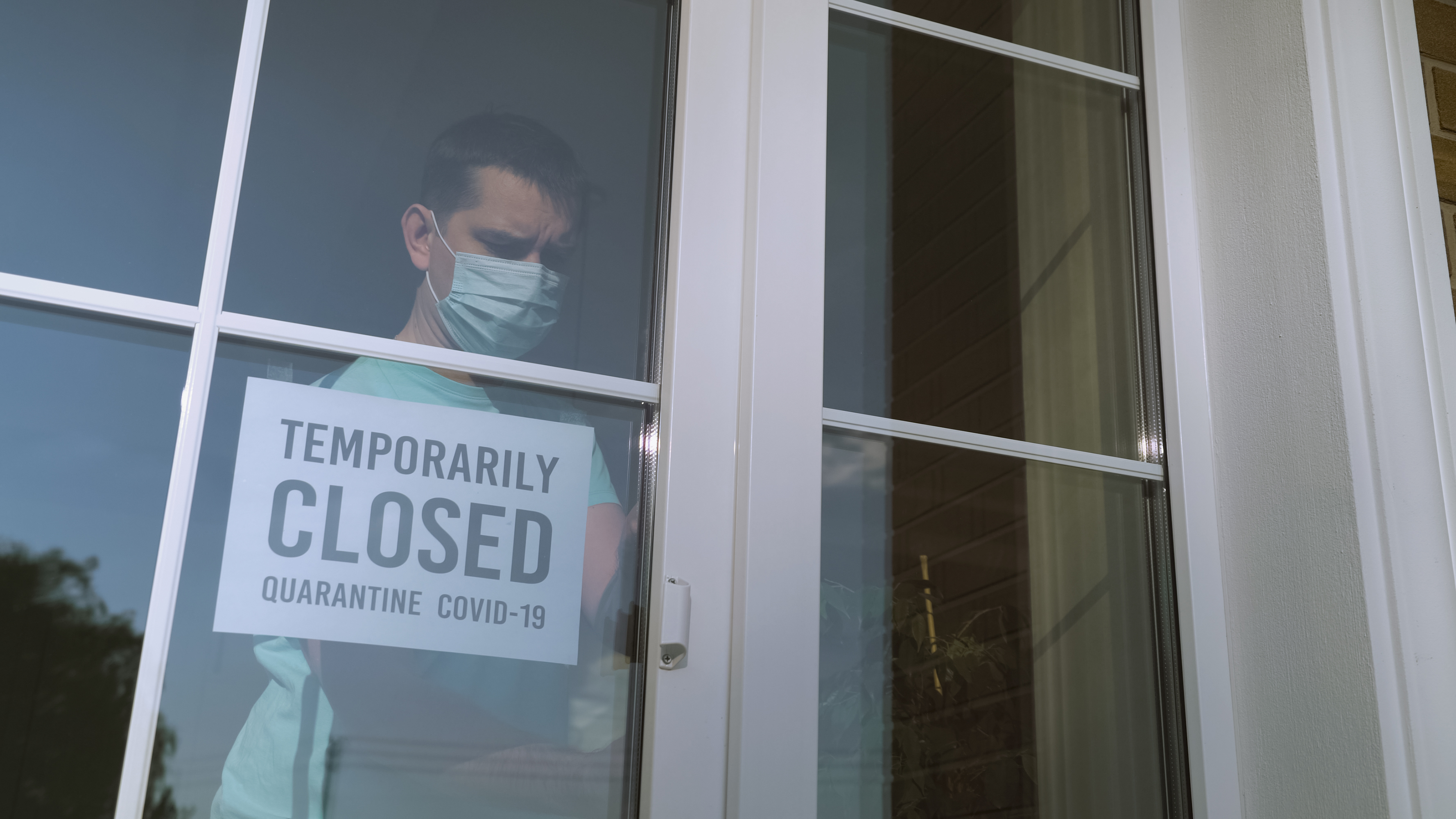The Southern District of New York recently held that a contamination exclusion was ambiguous in the context of Covid-19-related business interruption losses. Accordingly, the court held that the issue was inappropriate to decide at the summary judgment stage and denied both parties’ cross-motions for summary judgment.
In Thor Equities LLC v. Factory Mut. Ins. Co., No. 1:20-cv-03380 (S.D.N.Y. Mar. 31, 2021), an insured commercial property owner sought business interruption coverage under its property insurance policy. The parties filed cross-motions for summary judgment, asking the court to determine the applicability of two exclusions, one of which was a contamination exclusion. The exclusion excluded “contamination, and any cost due to contamination including the inability to use or occupy property or any cost of making property safe or suitable for use or occupancy.” The policy defined “contamination” as “any condition of property due to the actual or suspected presence of any foreign substance, impurity, pollutant, hazardous material, poison, toxin, pathogen or pathogenic organism, bacteria, virus, disease causing or illness causing agent, fungus, mold or mildew.” The parties agreed that the inclusion of “virus” in the definition of “contamination” applied to Covid-19.

The insured argued that the contamination exclusion’s failure to mention any loss “due to contamination,” while explicitly referencing “any cost due to contamination,” indicated that the exclusion did not bar coverage for the insured’s business interruption losses. By contrast, the insurer contended that the contamination exclusion’s mention of “inability to use or occupy property” unambiguously excluded losses due to contamination caused by Covid-19, including the insured’s loss of rental income.
The court held that the contamination exclusion was potentially compatible with either party’s interpretation, rendering it ambiguous. On the one hand, the court noted, the insured’s reading of the exclusion could render certain aspects of the exclusion meaningless. Because the first two words of the exclusion – “contamination, and” – must be given effect, the exclusion could reasonably be read to encompass more than just “any costs due to contamination.” On the other hand, the court reasoned, the exclusion did not unambiguously foreclose recovery on the insured’s losses due to contamination; thus, the court could not conclude that “there is no reasonable basis for a difference of opinion.” The court pointed out that other provisions of the policy distinguished between the words “cost” and “loss,” but the contamination exclusion made no such distinction. Citing Black’s Law Dictionary, the court suggested that the plain meaning of “cost” – “the amount paid or charged for something” – could plausibly refer to affirmative outlays, like paying for temporary use of other property. Because the court found that the contamination exclusion was ambiguous, it denied the parties’ motions for judgment on the pleadings as to the applicability of the exclusion.
According to the court’s holding, for a contamination exclusion to unambiguously preclude coverage for business losses, it must explicitly exclude losses resulting from contamination, not simply “contamination” or “costs due to contamination.” While the court addressed only a contamination exclusion, we expect insureds to rely on this holding to challenge virus and other exclusions that do not specify “losses caused by” the excluded perils.
We note that Thor’s holding will have no bearing on the exclusions contained in most property insurance policies, which explicitly exclude coverage for loss or damage caused by or resulting from the excluded perils. In fact, the reasoning in Thor clearly implies that such language is unambiguous and enforceable. However, policy provisions that simply exclude enumerated perils, and do not explicitly exclude loss or damage caused by such perils, are now at risk of being rendered ambiguous, and potentially unenforceable, by courts applying the reasoning articulated in Thor.

